Part of the research we have been undertaking in the Eco Bathroom project has been to understand cleaning practices and knowledges (what products people buy and why, and how these products are used) and householders’ understandings of the agency of bacteria in the home. We chose to focus our study on families with children under 10, and selected three households in Southampton and Bristol, with whom to undertake interviews. We were interested in combining ideas from geography and performance studies in qualitative research that took into account place, embodiment and imagination.
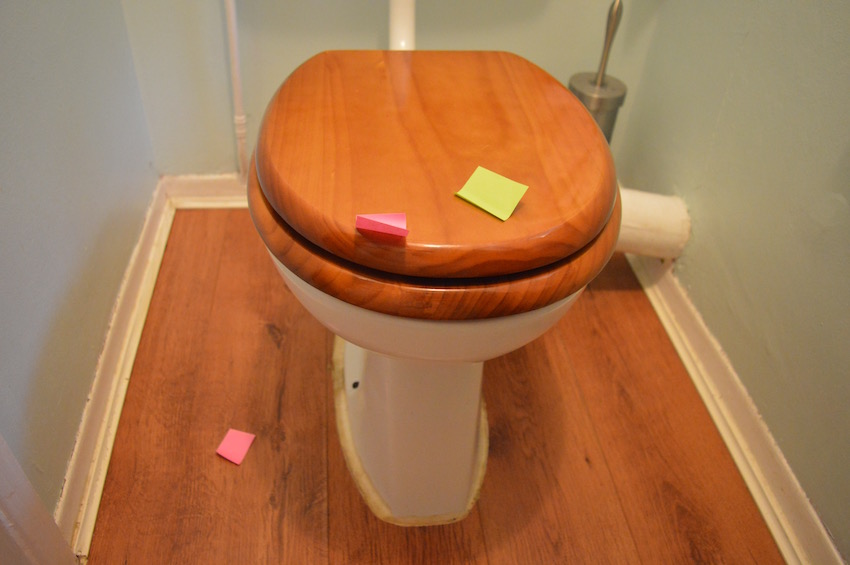 We visited research participants in their own houses, and began the interview in their bathroom where we photographed their cleaning products and asked parents about their cleaning practices (how often they clean, what they focus on, what the motivation to clean is, etc.). At the same time, the children in the family were invited to put small Post-it notes on anything that they considered could be dangerous or risky. This performative mapping technique elicited some of the discourses about domestic health and safety practices – around physical hazards like doors, as well as chemical and biological ones, such as areas perceived as prone to pathogenic colonisation.
We visited research participants in their own houses, and began the interview in their bathroom where we photographed their cleaning products and asked parents about their cleaning practices (how often they clean, what they focus on, what the motivation to clean is, etc.). At the same time, the children in the family were invited to put small Post-it notes on anything that they considered could be dangerous or risky. This performative mapping technique elicited some of the discourses about domestic health and safety practices – around physical hazards like doors, as well as chemical and biological ones, such as areas perceived as prone to pathogenic colonisation.
The interviews continued around the dining table, with more extended conversation about cleaning and pathogens, and activities that the parents and children undertook to visualise different bacteria and their relation to their environment (domestic space and the human body) using colouring and collage on masks, and plasticine modelling. The families were left with a cleaning diary and scrap book, in which to record their next week of living with microbes. The data from these, as well as from the interview transcripts, will be analysed and collated to see how understanding householders cleaning practices and the motivations behind them, might inform future work about AMR and waste water.
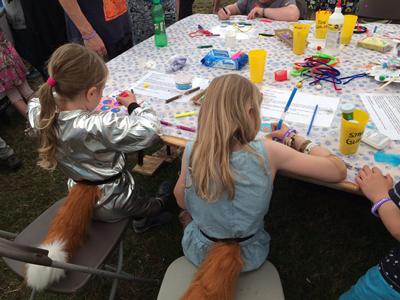 Over the course of the weekend we helped hundreds of children decorate masks of different microbes and to take “cell-fies” in the ‘Microbe Mascquerade’ photo both. This led to great conversations with children and parents about the diversity of the microbiome, and about AMR.
Over the course of the weekend we helped hundreds of children decorate masks of different microbes and to take “cell-fies” in the ‘Microbe Mascquerade’ photo both. This led to great conversations with children and parents about the diversity of the microbiome, and about AMR.
 We visited research participants in their own houses, and began the interview in their bathroom where we photographed their cleaning products and asked parents about their cleaning practices (how often they clean, what they focus on, what the motivation to clean is, etc.). At the same time, the children in the family were invited to put small Post-it notes on anything that they considered could be dangerous or risky. This performative mapping technique elicited some of the discourses about domestic health and safety practices – around physical hazards like doors, as well as chemical and biological ones, such as areas perceived as prone to pathogenic colonisation.
We visited research participants in their own houses, and began the interview in their bathroom where we photographed their cleaning products and asked parents about their cleaning practices (how often they clean, what they focus on, what the motivation to clean is, etc.). At the same time, the children in the family were invited to put small Post-it notes on anything that they considered could be dangerous or risky. This performative mapping technique elicited some of the discourses about domestic health and safety practices – around physical hazards like doors, as well as chemical and biological ones, such as areas perceived as prone to pathogenic colonisation.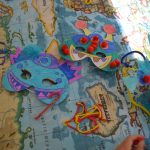
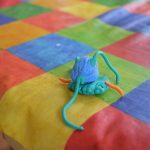
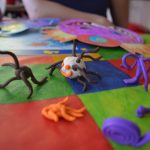
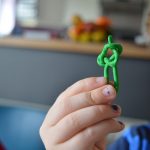
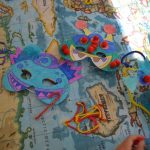
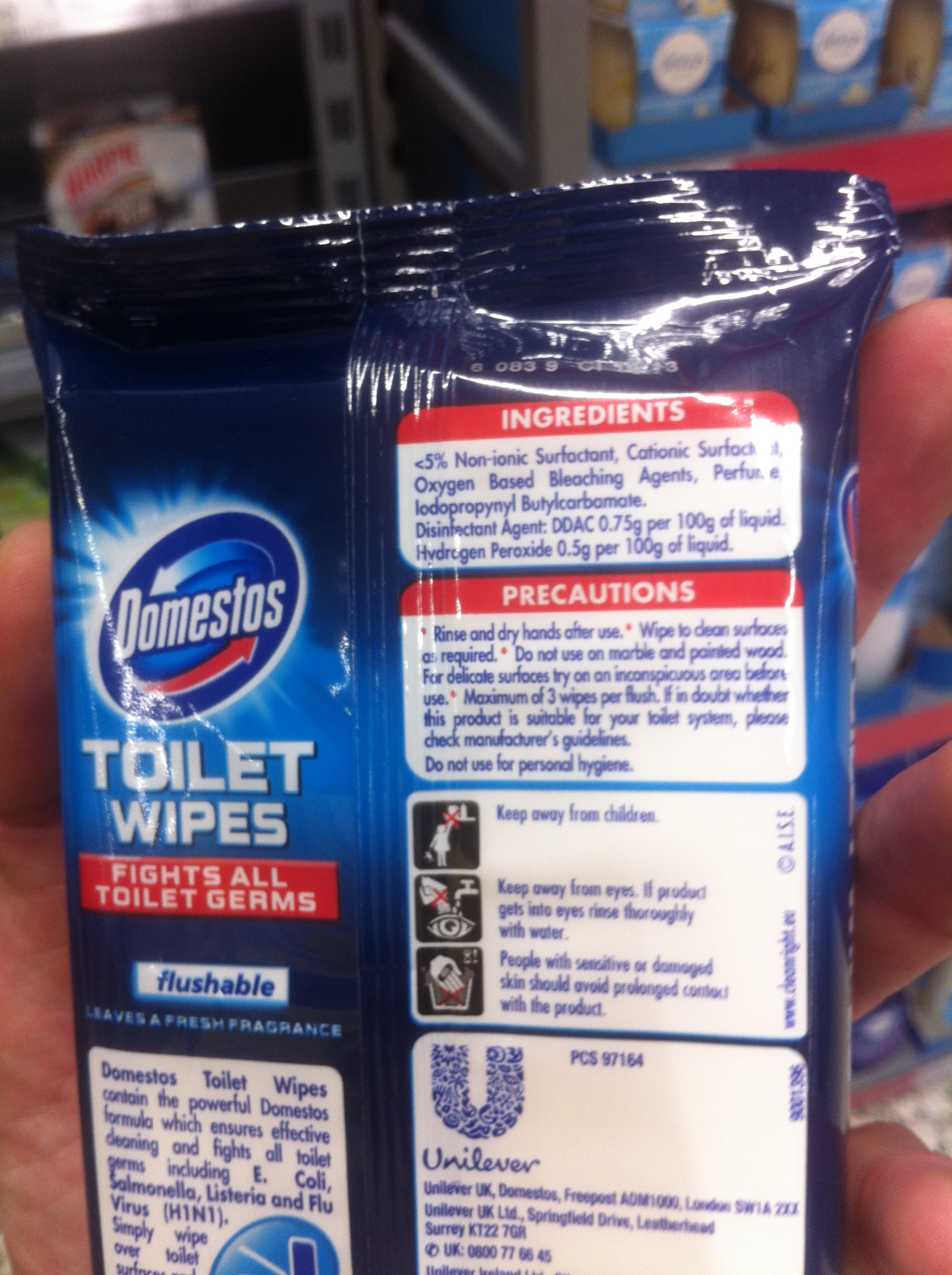 With ‘Fighting superbugs on the home front: becoming an ecological citizen in your bathroom’, we were interested in translating this framework to the domestic space, and the geographies of microbial life and of waste water systems. Our interdisciplinary approach hopes to feed into future work across engineering and microbiology to understand the interrelation of domestic cleaning practices and AMR in waste water.
With ‘Fighting superbugs on the home front: becoming an ecological citizen in your bathroom’, we were interested in translating this framework to the domestic space, and the geographies of microbial life and of waste water systems. Our interdisciplinary approach hopes to feed into future work across engineering and microbiology to understand the interrelation of domestic cleaning practices and AMR in waste water.